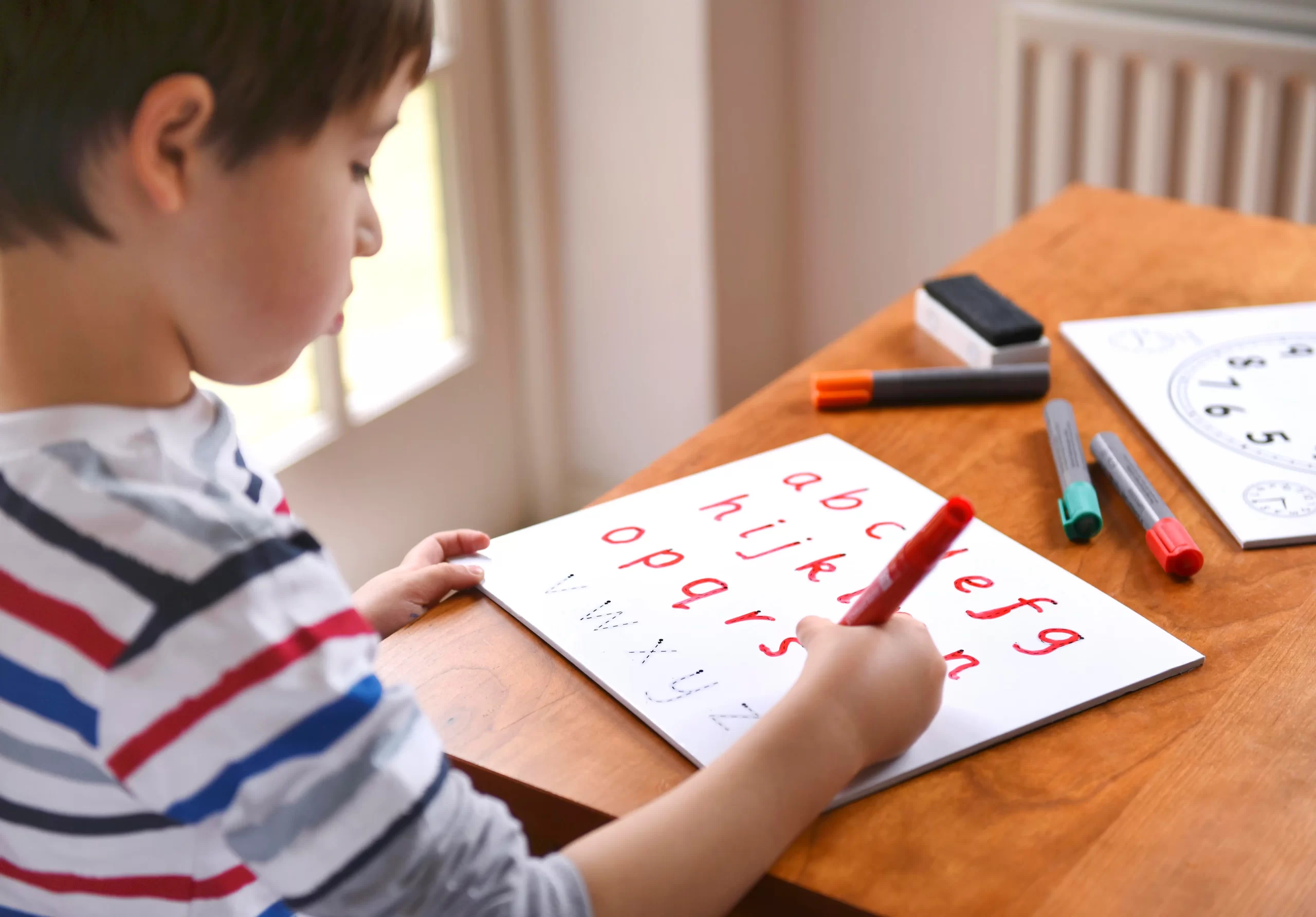
Blog
10 Creative Ways to Teach Preschoolers the Alphabet and Counting

Table of Contents
- Alphabet Art Adventures
- Exploring the alphabet through creative art projects.
- Counting with Everyday Objects
- Turning daily activities into counting opportunities.
- Interactive Alphabet Songs
- Making learning the ABCs a musical journey.
- Storytime with Alphabet Books
- Engaging storytelling to teach the alphabet.
- Number Games and Puzzles
- Fun games that develop counting skills.
- Outdoor Alphabet Scavenger Hunt
- Taking the learning outdoors for an adventure.
- Cooking Up Alphabet Fun
- Baking and cooking while learning letters.
- Counting with Nature
- Discovering numbers in the natural world.
- Alphabet Sensory Play
- Learning through touch, smell, and more.
- Technology-Assisted Learning
- Utilizing educational apps and tools for learning.
1. Alphabet Art Adventures

2. Counting with Everyday Objects

3. Interactive Alphabet Songs

4. Storytime with Alphabet Books

5. Number Games and Puzzles

6. Outdoor Alphabet Scavenger Hunt

7. Cooking Up Alphabet Fun

8. Counting with Nature

9. Alphabet Sensory Play

10. Technology-Assisted Learning
In today’s digital age, educational apps and tools can be valuable resources. There are numerous apps designed to teach the alphabet and counting through interactive games and activities. Supervise your child’s screen time and choose age-appropriate apps for effective learning.
In conclusion, teaching preschoolers the alphabet and counting doesn’t have to be a mundane task. By infusing creativity, everyday activities, music, and interactive play, you can make this educational journey both enjoyable and enriching for your child.

FAQs
1. How early should I start teaching my child the alphabet and counting?
2. Are there any recommended alphabet books for preschoolers?
3. Can technology-assisted learning replace traditional methods?
Technology can be a helpful supplement, but it’s best used in conjunction with hands-on activities and interaction with caregivers for a well-rounded learning experience.
4. What if my child is struggling to learn the alphabet or counting?
Every child learns at their own pace. Be patient and provide positive reinforcement. If concerns persist, consider consulting with an early childhood educator.
5. How can I make learning fun and not feel like a chore?
The key is to incorporate learning into everyday activities and play. When children associate learning with enjoyment, it becomes a lifelong habit.
Now armed with these creative ways to teach the alphabet and counting, you’re ready to embark on this exciting educational journey with your preschooler. Have fun, and watch your child’s love for learning grow!
